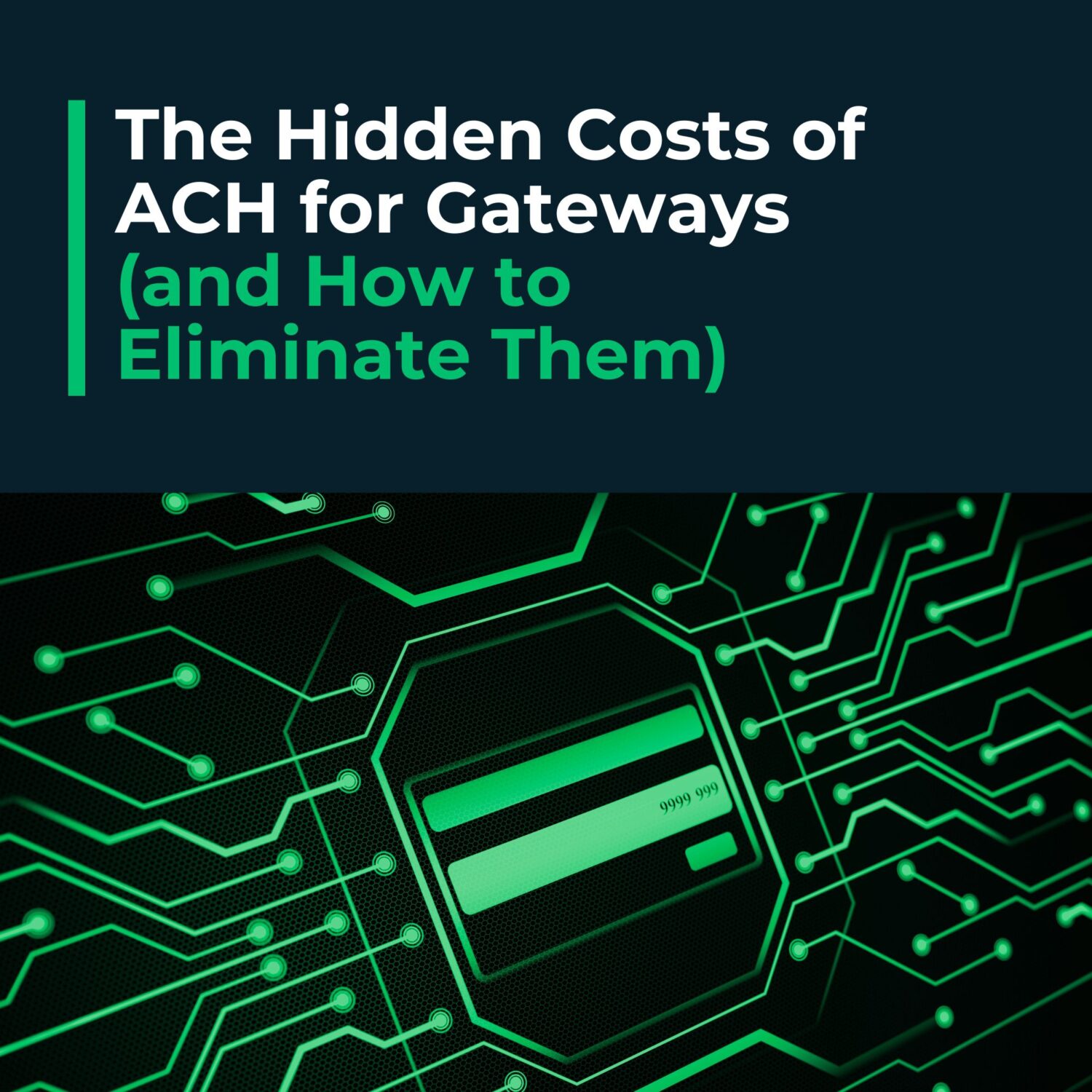Processing ACH payments as a gateway seems simple at first glance. That is, until gateways encounter the realities that make “cost effective” ACH surprisingly expensive.
ACH is one of the most cost-effective rails for gateways to support. It’s cheaper than card payments, widely adopted, and increasingly demanded by merchants.
But “cheaper” doesn’t always mean more efficient. Many ACH solutions come with hidden costs, including operational friction, outdated tech, and compliance burdens, that quietly erode value for both gateways and their merchants.
1. Settlement Unpredictability
Unlike card transactions, ACH isn’t instant. Settlement times can vary depending on cutoff windows, weekends, and holidays. For gateways, that unpredictability can:
- Delay merchant funding.
- Create reconciliation headaches.
- Spark support tickets when merchants ask, “Where’s my money?”
How iStream Helps:
iStream offers predictable settlement windows, including standard ACH, same-Day ACH, and extended ACH 180, giving gateways the ability to offer merchants reliable funding timelines and reduce uncertainty.
2. Return Management Costs
An unfortunate reality of ACH is returns. Whether due to insufficient funds, closed accounts, or unauthorized transactions, they create operational drag:
- Manual review and exception queues take up staff time.
- Communication with merchants slows resolution.
- Poor return handling increases risk exposure.
How iStream Helps:
Our automated return management system matches returns to original transactions, sends real-time notifications, and provides reporting that makes follow-up easy. Less manual work, fewer errors, and happier merchants.
3. Risk and Compliance Burdens
Gateways with ACH capabilities are expected to follow strict NACHA rules around account validation and fraud mitigation. For a gateway, this means:
- Investing in validation tools and workflows.
- Absorbing the risk of fraud or regulatory penalties.
- Managing ongoing compliance updates.
How iStream Helps:
We offer real-time account validation, credential-based verification, and tokenization. Gateways can plug into a risk-managed system without reinventing the wheel.
4. Technical Integration and Scalability
Supporting ACH isn’t just about adding a payment rail. Gateways need:
- APIs that are modern, clear, and testable.
- Support for large file-based processing.
- Sub-accounting and split settlement for complex flows.
Building and maintaining all this internally is costly.
How iStream Helps:
Gateways integrate once with iStream and gain scalable ACH capabilities out of the box, including sub-accounting tools that automatically split and route funds.
5. The Reputational Factor
Every funding delay, failed return, or compliance misstep reflects back on the gateway, not the ACH network. When merchants are unhappy, it’s the gateway’s support team that feels the heat.
How iStream Helps:
With 99.99% uptime, faster approvals, and dedicated ACH experts, iStream acts as an extension of the gateway’s team, ensuring merchant experience stays positive and reliable.
Conclusion
For gateways, ACH represents both opportunity and risk.
Strong ACH infrastructure can reduce friction, lower costs, and increase retention, while weak processes can lead to support bottlenecks, delays, and lost trust.
If you’re a gateway, contact us today to learn how iStream can turn ACH from an operational challenge into a competitive advantage.
